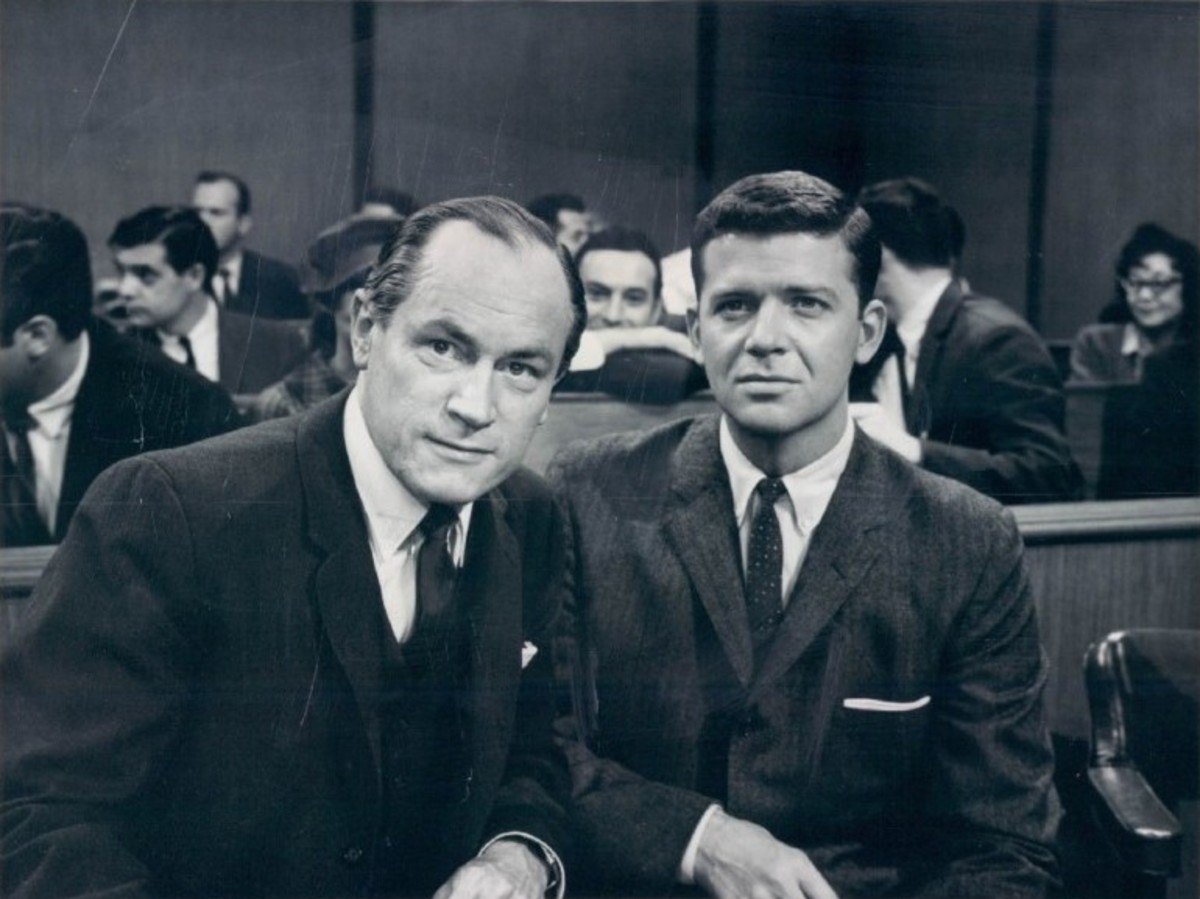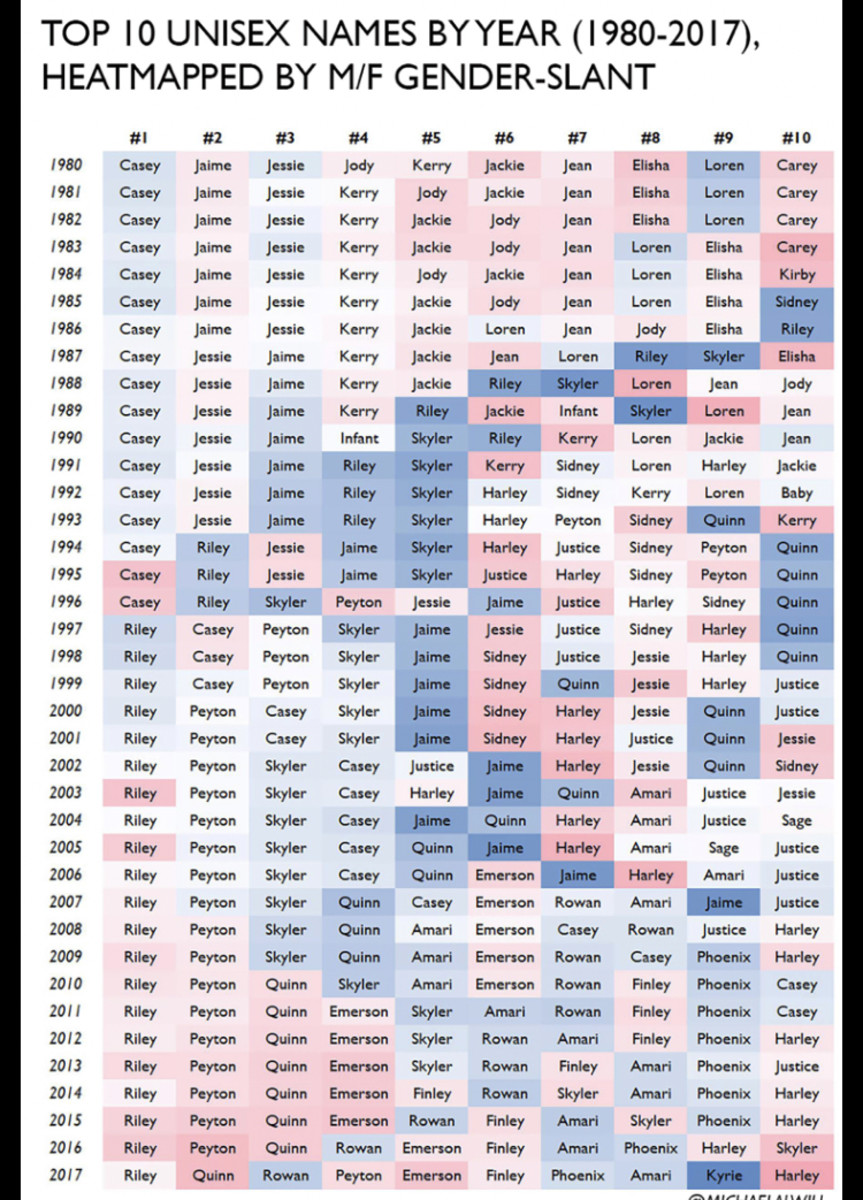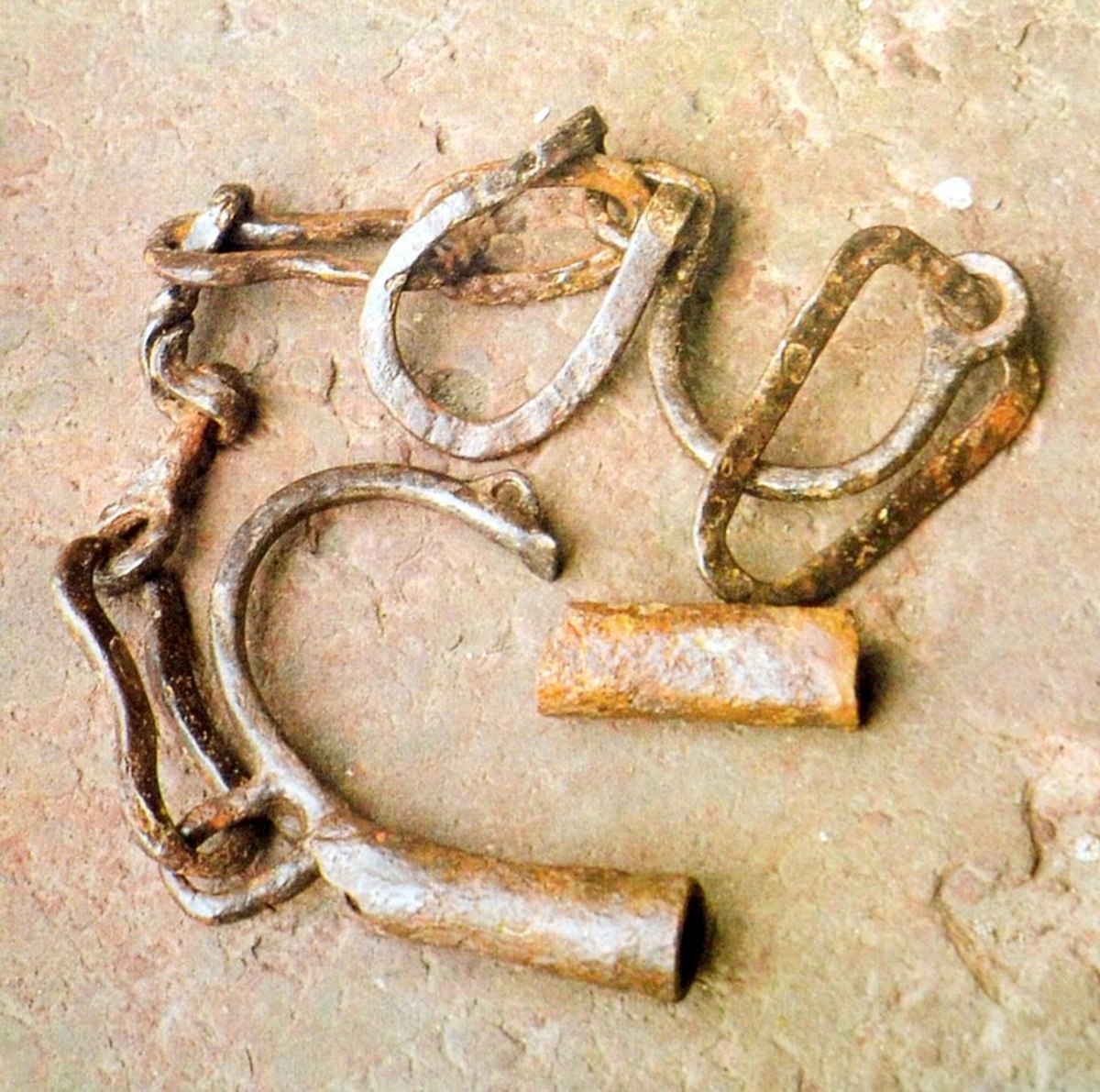The Truth About Women Lawyers
Stratification of the Legal Profession
Divisions of gender result in the stratification of the legal profession into two distinct hemispheres. Once almost exclusively a white, male enclave, the legal profession is now admitting significant numbers of women as lawyers. However, women are being relegated to the bottom of the legal hierarchy. Stratification in the legal profession is associated with gender differences.
Justice?

Changes in the Legal Profession
In the last two to three decades, the North American legal profession has undergone significant changes. There is now a dramatic increase in the number of female lawyers. The legal profession was once almost exclusively dominated by white, male lawyers. From 1950-1980, the number of lawyers more than doubled, and the dominance of private legal practices had given way to the emergence of large legal firms. l The new patterns are sufficiently clear to indicate significant gender biases that have emerged within the legal profession.
The Struggle of Women Lawyers
Sociography of the Legal Profession
The principal source for the sociography of the American legal profession is the Lawyer statistical Report, prepared by the American Bar Foundation of 1984. The legal profession's trends over the last twenty years are now being evaluated by various authors. Richard Abel's article attempts to identify changes that have occurred and will continue to occur in the American legal profession. Abel's analysis is only one of several competing theoretical interpretations. I will focus on Abel's analyses of gender bias issues in relation to the American legal profession, even though he also associates stratification according to race, age, and class.
The number of people entering the legal profession declined greatly during the depression and the Second World War. As a result, those in the legal profession grew older. After the war, the legal profession was dominated by 90% private practitioners, and among them 60% were solo practitioners. Many women were denied entry into law schools until the 1950s and 1960s. Female lawyers composed less than five percent of the legal profession in 1970.
At the beginning of the 1960s, American lawyers were overwhelmingly white, male, and private practitioners. The American Bar Association functioned as the gatekeeper, controlling the number of lawyers produced, and further controlling their characteristics. Gender was one predominant characteristic that was controlled, since women were almost completely excluded from the legal profession.
Courtroom

Where Have The Female Lawyers Gone?
For more than a decade, women have been entering the legal profession in record numbers. In Canada and the U.S., women constitute approximately 50 per cent of law school students, and according to the Federation of Law Societies of Canada, the majority of lawyers who have been in practice five years or less are women.
But instead of moving toward partnership, women are leaving the profession in droves. Those who remain often become in-house counsel at corporations or government agencies, non-profits or educational institutions, where the focus typically isn't on face time or billable hours. As a result, women account for less than 20 per cent of partners in North American law firms.
- Where Have All The Female Lawyers Gone - Andrea Lekushoff
Features of Control, Composition, and Structure of the Legal Profession
After assessing the changes in the legal profession during the last two to three decades, the features of control, composition, and structure have dramatically changed. Restrictions on the production of lawyers created an imbalance between the supply and demand of legal services. Starting salaries for associates in large firms earned seven thousand dollars in the mid-1960s, and yet command fifty thousand dollars twenty years later. The number of lawyers produced has dramatically increased. In the mid-1980s, the rate of production has leveled at more than three times what it was in the mid-1960s because of the reduced barriers for entering into the profession, as well as the growth in the percentage of the population that is receiving higher education.
Women Lawyers - Twelve Years Later -
Women Lawyers - The Inside Story -
The VIDEO on the right provides the inside story of women as lawyers in the legal profession. In this video you will hear directly from a variety of female lawyers, about their professional experience in the legal world.
Judgement, Justice, and Order in the Legal Profession

Production of Lawyers and Declining Control
The declining control in the production of lawyers has also resulted in the declining control over reduction by lawyers, since the greater number of lawyers must now compete aggressively with each other. Elder lawyer's restrictive practices tend to favor the more established practitioner, and thereby limit the professional privilege of younger lawyers. Most female lawyers would be included in the younger division of the legal profession.
Many of the same forces that account for the growth in the legal profession also account for the changes in its composition. In the mid-1980s, women represented nearly forty percent of the entire legal profession. an important question however, is how women will be distributed according to professional stratification.
Stratification in Terms of Prestige and Wealth of Legal Profession
For the last two to three decades lawyers have become increasingly stratified in terms of prestige and wealth. The echelon of one's stratification is impacted by such variables as clients served, subject matter specialization, employment versus independent practice, firm size and one's location within the public or private sectors. The growth in the legal profession and the erosion of restrictive practices have intensified this stratification. The upper echelon lawyers are composed of older, white males, who enjoy ever-increasing amounts f wealth, power, and status. Consequently, disproportionate numbers of female lawyers are relegated to the bottom of the legal hierarchy. Many of them find their way to the bottom of the work pyramid because of law school grades that reflect inadequate prior education, continuing economic disadvantage, discrimination, and sometimes by their commitment to work that promotes social justice, but offers minimal financial rewards.
Inequality of Women Lawyers as Partners in Law Firms
- Women Partners
Women lawyers-women attorneys; When will they become women partners.
Women now account for almost 30 percent of
the profession, but only about 15% of federal judges and
law firm partners, 10% of law school deans and general
counsels, and 5% of managing partners of large firms.
- Deborah L. Rhode
Equal Justice Under Law

The Future of Women Lawyers
Thus, the future of women lawyers is more complex than their male colleagues, partly due to patriarchal relations within the family, and partly due to discrimination at work. Nevertheless, women do at least as well as men at law school. Many female lawyers have joined large firms, although they attain partnership more slowly and less frequently than men.
During the mid-1960s to the mid 1980s period, there has been a dramatic growth in the legal profession that has resulted in a small percentage of elderly white men governing a very large percentage of younger lawyers with significant female membership. the younger generation of lawyers will not ascent to positions of power for approximately another 10-20 yrs. The strongly gerontocratic character of the legal profession, and the sharp divergence between the bosses (males) and the bossed (females), generates considerable tension in relation to gender bias.
Never
underestimate
the ability of a
small, dedicated
group of people
to change the
world; indeed
it’s the only
thing that has
ever changed
the world.
Margaret Mead
Forecast of Increasing Tensions of the Legal Profession
The above information provides a clear historical overview of the legal profession, as well as, forecasting the increasing tensions that result in hierarchical stratification within the legal profession. The sociological perspective demonstrates that gender bias is effectively inherent within the legal system as a social construct, that results in the oppression of female lawyers. Elderly, white male lawyers hold the position of prestige and power with the profession and operate with self-interest. The result is the emergence of male lawyers as rulers with the female lawyers as ruled, not due to meritocracy, but rather due to the patriarchal social construction of gender inequalities.
Conclusively, the researched information presented in this article provides a persuasive argument, that reinforces the sociological perspective, of societal impact, as the source of the inequality between the gender roles in the legal profession. The societal institution of law emerges as a social construct that enforces and reinforces the inequalities between the male and female gender roles. Male supremacy, wealth, and power are legitimized through the legal profession, as is female suppression and inferiority.
Reference
Law and Society Review, 1986, The Transformation of the American Legal Profession








